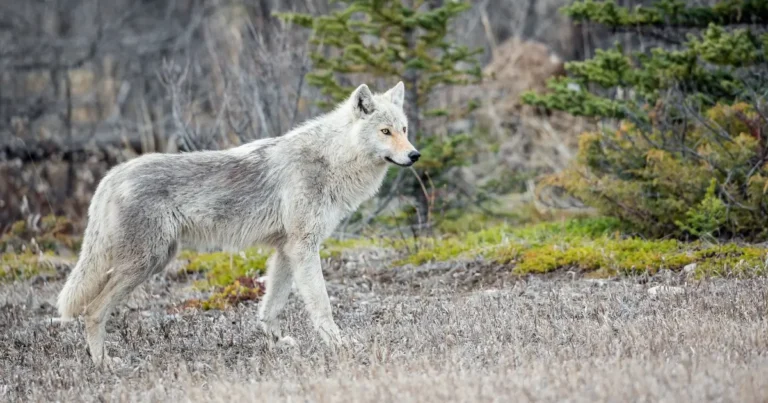
Making requests for government documents, policies, and communications by way of the Freedom of Information Act (FOIA) is common practice for many non-profits, including The Fur-Bearers. And sometimes, we learn something we didn’t expect to: recently, we saw how the government reacts to the public’s social media comments. Two types of responses were observed in FOIA documents regarding a bear cub that was killed by a Conservation Officer in (CO) in Dawson Creek.
The first was in response to what could be called “off the cuff” Facebook posts, or “blowing off steam” messaging to the CO himself, or on shares of our blogs regarding the incident.
Examples include naming of the CO (and linking to his Facebook account), calls for him to be fired, name calling (both moderate and severe), threats of violence to the CO as well as his dog, and so on. Harassment in the way of emails, social media posts, and phone calls directed at the CO were also noted. As a result of these personal attacks and threats, important resources were diverted from situations involving animals (some of which can be quite positive, such as stopping poachers, fining people feeding wildlife, and so on). Managers within the COS, as well as the Ministry of Environment as a whole, were brought in; the RCMP was notified and required to investigate some of the more concerning threats; and individual officers were rerouted as a result.
All of this was a direct, trackable result of the aggressive posts, emails, or phone calls people made in the days following the incident. It did not help the animals – in fact, it could have harmed them as resources were diverted from the government’s front line workers.
But those individuals who left reasonable, albeit angry or disappointed, messages with the COS not only received responses – but prompted a flurry of communication within the Conservation Officer Service regarding policy and public statements (which we were able to track down with our FOIs), and allowed for the media to cover the incident promptly. It is also creating an opportunity for dialogue, and opening doors for future discussions.
When we ask our supporters to lead with compassion, this is one of the reasons: allowing anger or hate to rule you, and be exposed on a public forum (it isn’t just your privacy settings that impact who can see what you post) can hurt the animals in a very real way, as was seen through this FOI process. It can hurt the efforts of many others who are seeking change or reform. And it can hurt you, personally, if your comments are considered threatening by the authorities.
But leading with compassion doesn’t mean not being angry, it means thinking about what you’re saying, writing, or doing, and how it will be perceived; it means giving others the opportunity for discussion and reason, rather than reaction or vengeance. Effective change for the animals starts with how you communicate – even on social media.
monthly donor(for as little as $5/month – the cost of a single latte) pleaseclick hereand help us save lives today.

